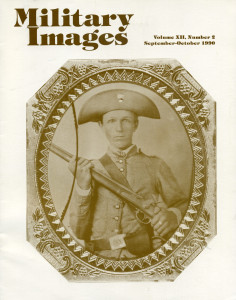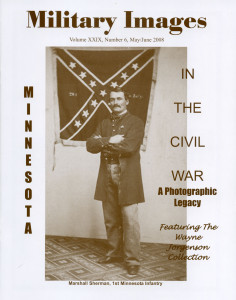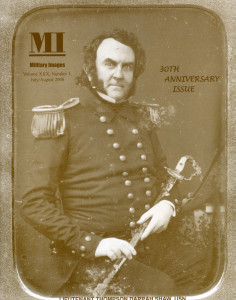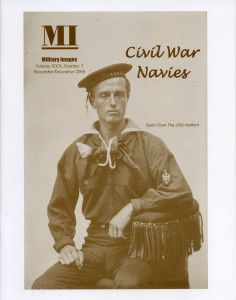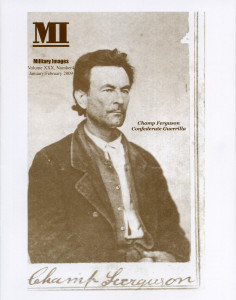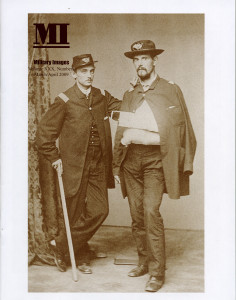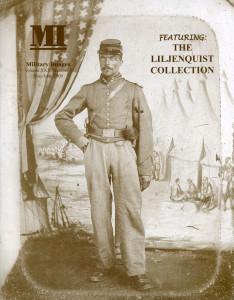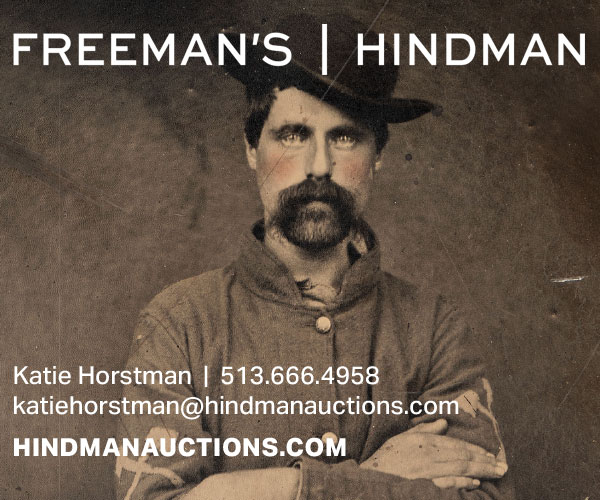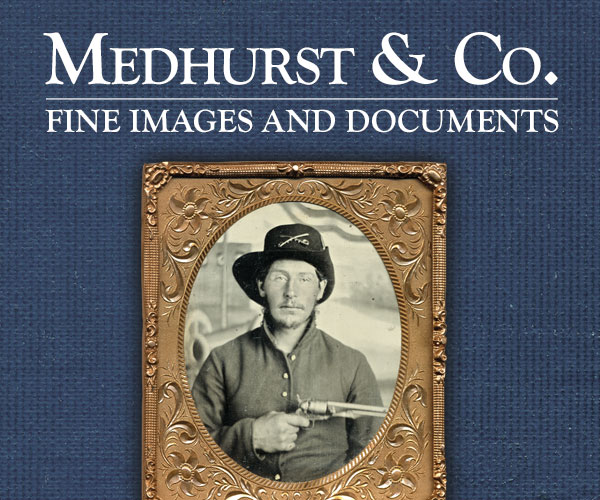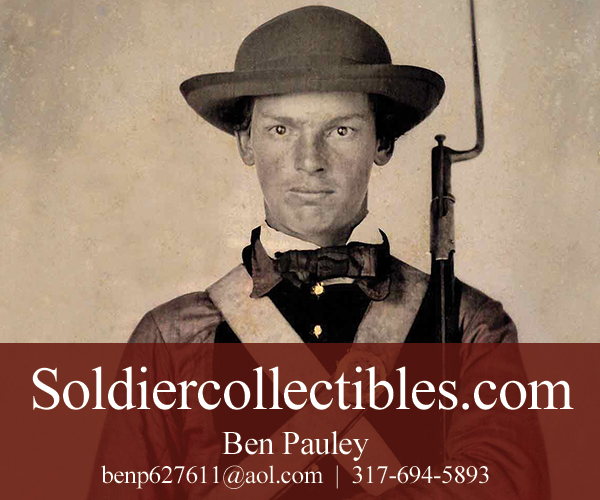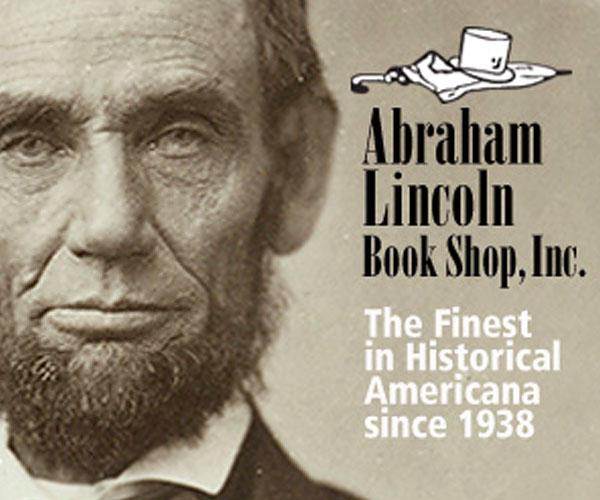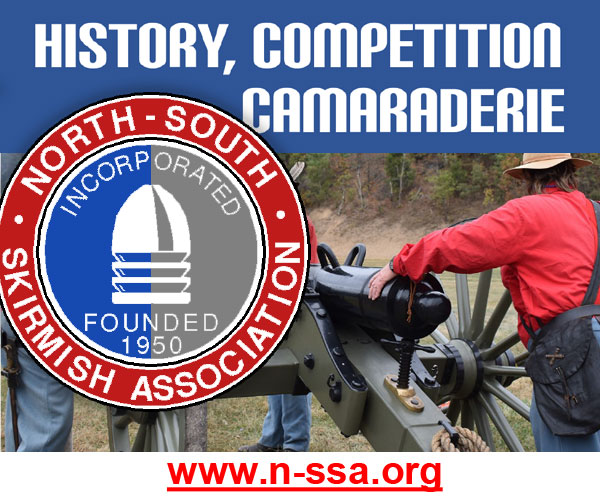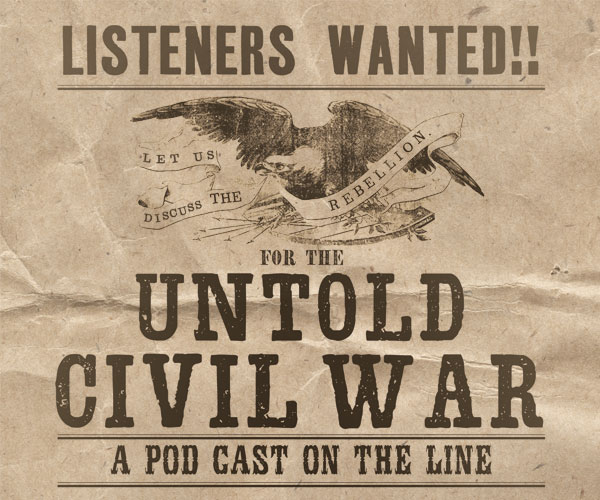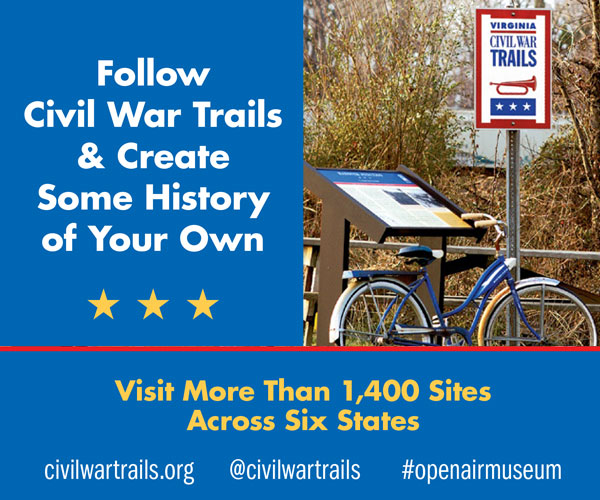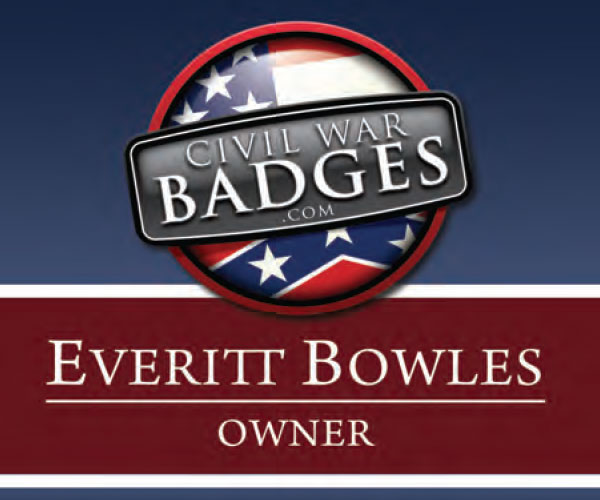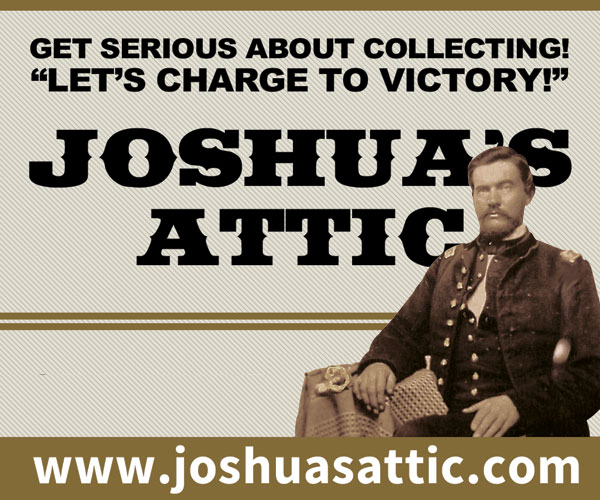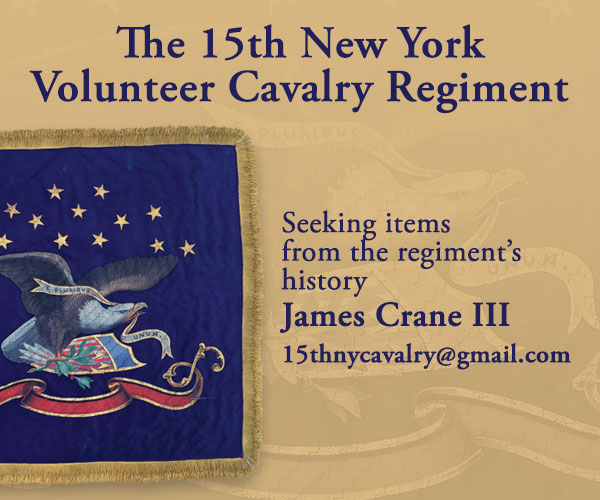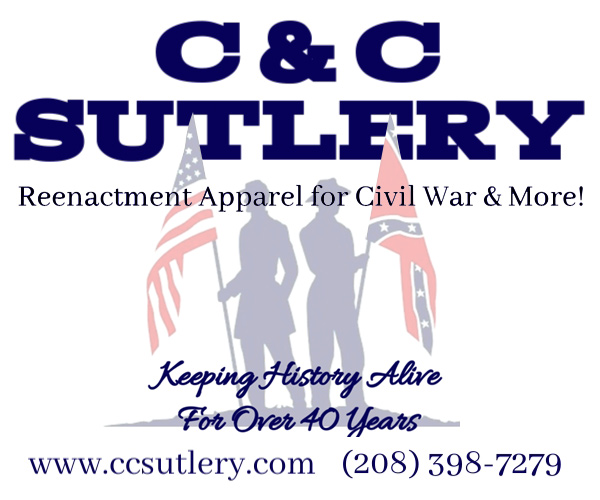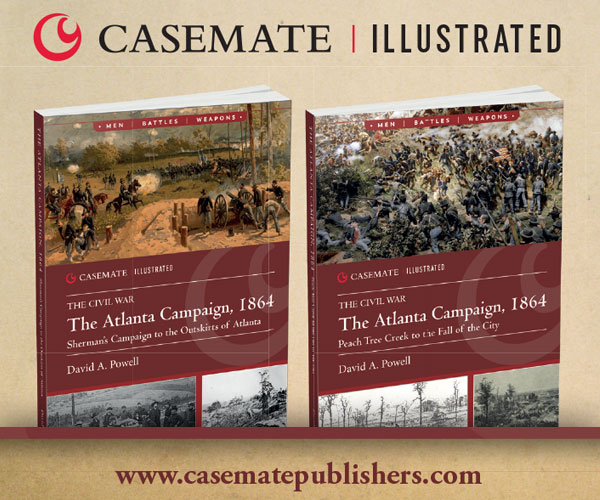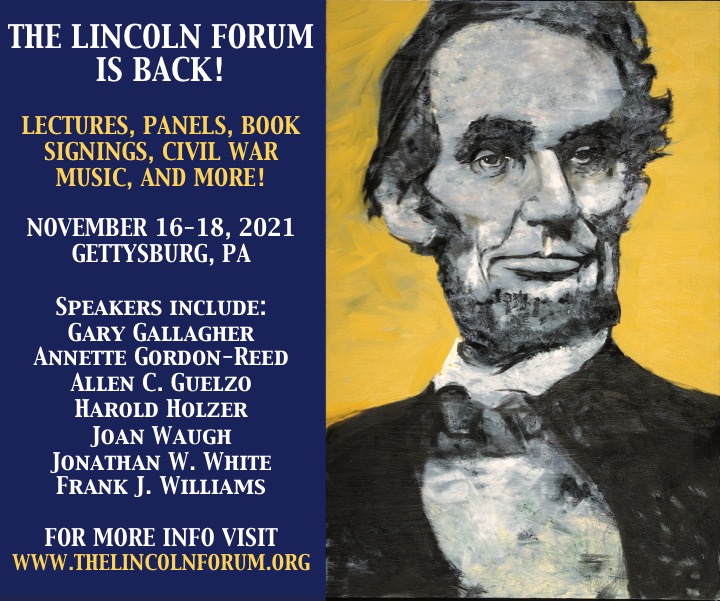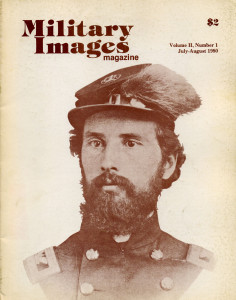
The complete issue
Vol. 2, No. 1
(32 pages)
Print edition: Visit our store to check availability
Digital edition: Visit JSTOR.org to purchase
Explore the MI Archives: Browse | Advanced search | Tutorial
Inside
Cover Image
Wearing the symbol of his regiment on his hat, Col. Langhorne Wister of the 150th Pennsylvania Volunteer Infantry graces the cover of this issue of Military Images. Wister’s regiment was also known as the third Bucktail regiment, as each member wore a buck’s tail as a symbol of their shooting ability.
Editor’s Page (inside front cover)
The editor suggests that readers contact their Senators and Congressmen in order to pass House Bill 5048, which would preserve an additional 1,700 acres for the Bull Run battlefield in Manassas, Virginia. This would add the acreage to that already held by the National Park Service and protect the battlefield area from commercialization.
Mail Call (p. 2)
Letters include one request to reprint the article on “Jack of the 102d P.V.” as well as one subscriber who requested better quality paper for use with the reproduction of images. The editor explained that quality is a concern, but older images are selected for their content value (e.g. to show uniform detail), not their inherent quality. There were also corrections made regarding names and other identifications in the previous issue.
Passing in Review (p. 3)
Two different publications were reviewed in this issue of MI. The first was The Orphan Brigade: The Kentucky Confederates Who Couldn’t Go Home by William C. Davis. The book used several memoirs, diaries, letters, and unit papers from the 9th Kentucky Infantry, C.S.A. to write about the wartime and post-war experiences of the members of this unique unit. The second publication was Der Angriff by Rick Baumgartner. Translated as The Attack, the short English-language magazine focuses on the German soldier who fought in World War I, and includes photographs, biographies, interviews and other insightful features.
John Taylor Wood by Charles S. Schwartz (pp. 4-5)
The author of the article describes the subject of a pre-Civil War naval officer from a quarter-plate daguerreotype he had purchased. Thinking that the subject was anonymous, he was surprised to see that “John Taylor Wood/Merrimac” was written on the back. The article discusses the unique career of this eventual Confederate naval commander, who was the nephew of Jefferson Davis. Initially educated at what became the U.S. Naval Academy, Wood served for 14 years before “being stricken from the rolls of the Navy” after attempting to resign. He commanded the aft pivot gun on the reconstructed C.S.S. Virginia, which had been the scuttled U.S.S. Merrimac, and fired shots into the Federal ships Congress and Cumberland. The article mentions other remarkable actions in which Wood was involved, such as organizing the hit-and-run commando tactics of his “cutting out” expeditions on the Chesapeake and Potomac, and serving as Jefferson Davis’ liaison officer between the Confederate navy and army while simultaneously holding the rank of commander and colonel. He was with Davis when he was captured in Georgia in May 1865 and was able to escape to Cuba. Wood eventually settled in Halifax, Canada, and was a frequent author, submitting articles that outlined his many adventures to many prestigious periodicals of the day.
The Grove Boys in the Great War by David Valuska (pp. 6-9)
Three brothers from South Dakota, featured in a variety of images, each had a very different experience in the Great War, with two of the brothers having served prior to U.S. entry into the conflict. The eldest, Carl Grove, had joined the army in 1910, and because he was a trained farrier, he was initially assigned to handle horses, and eventually was trained to join the cavalry and served for a while in the Philippines. By the time World War I broke out, Carl had become a wagoner (munitions carrier) and was sent to France as part of the “Big Red One” – the First Division. When his wagon was hit by German artillery, Carl severely wounded and was brought back to health by a French family, but did not recover mentally, spending the rest of his life in V.A. hospitals until his passing in 1979. The middle brother, Albert, joined the navy in 1911, serving on many different types of vessels, including the experimental submarine fleet in 1915 and taking part in the only “clean sweep” cruise from California to Hawaii. He also witnessed the international naval night salute to the new Japanese emperor, Yoshihito, in 1912, an incursion into Nicaragua later that same year, and then serving on escort missions on the cruiser St. Louis until honorably discharged in 1919. The youngest brother, Starkey, quit high school in 1917 and joined the 1st South Dakota Cavalry, a National Guard unit that was eventually trained as an infantry unit. He was a messenger during the Meuse-Argonne offensive and was part of the U.S. occupation forces serving in Koblenz, Germany. Receiving his commission in the ROTC unit at the University of Nebraska, Lt. Col. Starkey Groves was a member of Douglas MacArthur’s staff, returning with his general to the Philippines, where his older brother had once served almost a half-century earlier.
The Soldiers of Summer by John L. Marsh (pp. 10-15)
The article follows the National Guard career of Fred Windsor, who enlisted in Company I of the 16th Infantry, Pennsylvania National Guard, in October 1885. Like many men of his era, “Private Fred” had grown up in the shadow of the Civil War, and dreamed of attaining the glory experienced by those veterans. The first part of the article describes how the unit trained in Warren, Pennsylvania, including Windsor’s eventual election as 1st lieutenant in 1887 and captain in 1890. Under his leadership, his unit was determined by inspection to be the most proficient in 1893. For this era, the annual encampments were the height of the Guard experience, shown in two photographs from the 1886 event. The National Guard, including Company I, was deployed to deal with the Homestead Strike of 1892. Despite initial confusion, the Guardsmen were frequently disappointed, as they were never called to act in the capacity for which they had trained. Mostly they performed drill and guard duty, as shown in the accompanying two photographs. There was one instance in which “Captain Fred” felt called upon to have his men target train thought to be firing upon a small steamer being used by the Guard on the Monongahela; a following investigation showed that no shooting had come from the train. Company I returned home a few weeks afterward. A series of five photographs documents the journey of Company I when called to serve in Puerto Rico during the Spanish-American War in April, 1898. “Major Fred” and the men of Company I, led by Col. Willis J. Hulings who commanded the 16th, among other adventures, took part in the capture of some Spanish forces at Cuamo. Upon their return to Pennsylvania in October, 1898, Fred Windsor now held the rank of lieutenant colonel, and the soldiers of Company I received the accolades befitting veterans of war at last.
“Bucktails Forward!” by Lawrence G. Bixley (pp. 16-23)
Accompanied by 16 individual and four group images, the article recounts the Civil War histories of the initial 13th Regiment of the Pennsylvania Reserves in 1861 and the later recruitment of the “Bucktail Brigade” made up of the 149th and 150th regiments of Pennsylvania Volunteers in 1862. Known for their red battle shirts and the bucktail worn on each man’s hat, the 13th was involved in a series of important fights, including the killing of Turner Ashby, Mechanicsburg and Gaines Mill, Antietam, Fredericksburg, and a failed skirmish against John Mosby’s partisans. At the time Lee’s forces moved toward Pennsylvania, the 149th and 150th were formed and ordered to the defense of Washington, D.C. A rift between the original bucktails and these new units was formed, with the 149th and 150th taking part in fighting on the first day of battle at Gettysburg and the 13th taking part on the second.
Naval Uniforms of the Civil War, Part V: The U.S. Revenue-Marine by Philip Katcher (pp. 24-27)
The U.S. Revenue-Marine was the precursor to the United States Coast Guard, a service that was for the most part in a neglectful state at the outbreak of the Civil War. The exception to this was the Harriet Lane, first launched in 1858 and one of the few stationed in Southern ports that remained loyal to the North. The Aiken, for example, was purposefully beached by her captain right before the firing upon Ft. Sumter, allowing Confederate forces to capture her, while others surrendered. Many other Revenue-Marine vessels were handed over to the Navy and crews were reassigned, mostly to perform blockade duty. The Revenue-Marine had to be recreated, and thus began a tug-of-war between the Navy and Treasury. The article discusses the capture of the Harriet Lane in December, 1862, and then begins a description of the Revenue-Marine uniforms, which were a great deal like those of the Navy. Uniform items that differentiate them from the Navy include buttons that bore the Treasury Department seal, the use of the Treasury Department shield above the gold sleeve stripes on the coat arms, and distinguishing badges worn on both hat and epaulettes, to name but a few outlined in the article. Changes in uniform regulations happened in 1862, partly due to expansion of the service in general due to the war and due to the use of steam powered shipping in specific.
Stragglers (pp. 28-31)
A number of different images are included, included three that have some mystery to go along with them. Another shows Federal troops playing cards and sharing a bottle, using a barrel for a table, two images provide a look at Pennsylvania naval reservists, while three feature Civil War era soldiers with their canine companions.
Back Cover
The final image shows a North Carolina captain wearing his captain’s bars sewn right onto his unique homemade shirt. Fashioned with two plackets that are gathered on both sides on either side of the button placket, the plaid homespun shirt also sports a cross hanging from the attached watch chain.
